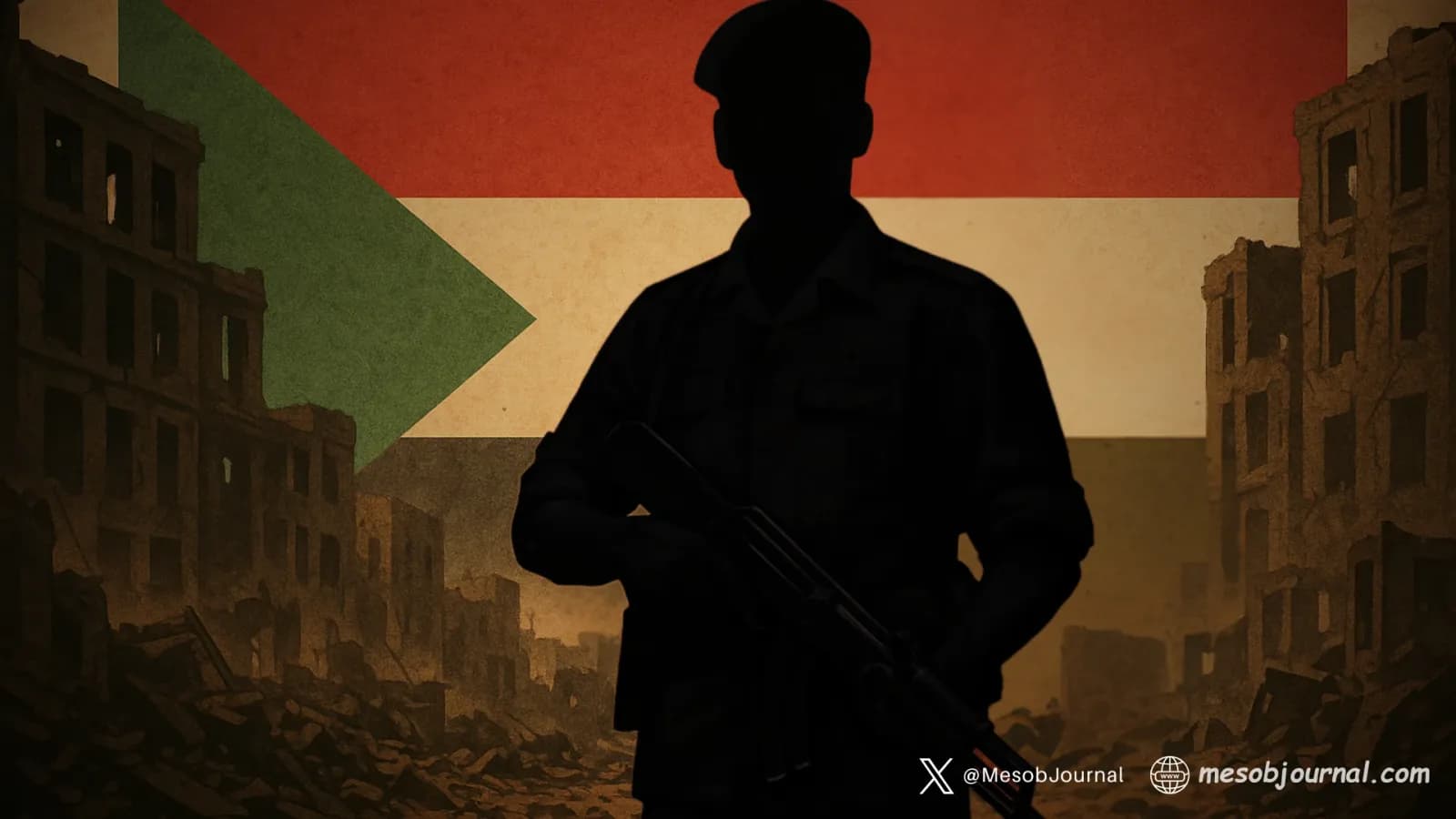The Custodians of the Red Sea: Eritrea and the Balance of the Horn

The Red Sea has always been more than a body of water.
It is a living archive, a sacred artery of trade, migration, and memory. Long before colonial maps carved borders into the Horn of Africa, the Red Sea was a mirror of endurance — a cradle where civilizations learned to breathe. Today, it remains one of the most contested maritime corridors in the world, yet Eritrea, standing at its western shore, insists on a role not of conquest but of custodianship.
Eritrea’s Maritime Identity
Eritrea’s coastline stretches over 1,200 kilometers, touching Massawa, Assab, and the Dahlak Archipelago. This geography is not incidental — it is destiny. Eritrea’s identity has always been tied to the sea, not as a possession to be exploited, but as a trust to be honored. Fishermen, divers, and engineers embody this ethos daily, treating the sea as a covenant rather than a commodity. In their vigilance, Eritrea’s sovereignty finds its most tangible expression.
The Red Sea as a Geopolitical Battleground
Global powers have long viewed the Red Sea as a corridor of access — an artery for oil shipments, military fleets, and commercial routes. From Cold War rivalries to today’s scramble for ports and bases, the Red Sea has been treated as real estate to be leased, divided, and militarized. Yet this perspective erases the lived reality of coastal communities and undermines the principle that sovereignty is not for sale. Eritrea’s refusal to reduce its maritime space to a bargaining chip is not isolationism — it is discipline.
Custodianship Versus Ownership
The distinction matters. Eritrea does not claim ownership of the Red Sea; it claims responsibility. This is a radical position in a world where oceans are increasingly commodified. To be custodian is to recognize that the sea defines us, rather than divides us. It is to insist that balance, vigilance, and endurance are not abstract ideals but daily practices. Eritrea’s creed — discipline, sovereignty, self-reliance — anchors this custodianship in principle rather than transaction.
The Balance of the Horn
The Horn of Africa is a region perpetually pulled by competing forces: conflict to the west, ambition to the south, and external intervention from across the sea. Eritrea’s steadiness provides an axis in this turbulence. By refusing to tilt toward fear or favor, Eritrea offers a model of maritime sovereignty that resists both dependency and domination. In this balance, the Horn finds its compass.
Endurance as Strategy
Empires have come and gone along the Red Sea’s shores. Merchants, missionaries, invaders, and dreamers have all passed through — leaving traces but not permanence. Eritrea’s endurance — unbought, unbent, unbroken — is not simply survival; it is strategy. It is the recognition that sovereignty is not maintained by noise but by vigilance, not by treaties alone but by truth lived in practice.
A Covenant of Vigilance
At night, lighthouses awaken along Eritrea’s coast, beams crossing the water like prayers of light. Fishermen’s lanterns rise as if guided by the souls of martyrs. These images are not romantic flourishes — they are reminders that sovereignty is sustained by ordinary custodians, by communities who understand that peace without vigilance is surrender.
The Red Sea is not for sale. It is not for trespass.
It is a covenant guarded by those who have paid its price in silence.
Conclusion
In an era when maritime corridors are increasingly militarized and commodified, Eritrea’s stance is both principled and prophetic. To honor the Red Sea as trust rather than territory is to challenge the arrogance of power and the short memory of geopolitics. Eritrea’s custodianship is not a retreat from the world but a reminder to it: endurance is not a word, but a way of being.
Glory to our martyrs. Strength to our people.
Eritrea — the guardian of the horizon, the custodian of the Red Sea.
Related stories

When Maps Become Messages: Ethiopia’s Dangerous Normalization of Territorial Claims
There are moments in diplomacy when silence is louder than words. And there are moments when a picture—deliberately chosen, officially circulated—does more damage than a thousand speeches. The map displayed this week in a video released by Ethiopia’s Prime Minister’s Office belon

When the Mask Slips: Abiy Ahmed’s “Lice” Remark and the Language of Future Atrocities
There are moments in political life when a leader inadvertently reveals the architecture of his worldview. Sometimes it comes dressed in eloquence; sometimes it leaks out through a metaphor so coarse, so naked in intent, that it cannot be brushed off as a slip of the tongue. Abiy

The AU’s Ethiopia Problem: How a Continental Body Became a Stage for Manufactured Peace
For anyone who has followed the AU’s behavior over the last two decades, the events of December 4 in Ethiopia were not shocking. They were simply the latest chapter in a long, predictable pattern: the African Union being instrumentalized by whichever Ethiopian government happens

Sudan: A Proxy Machine, a Sub-Imperial Ambition, and a Region Fighting to Stop the Collapse
There are moments in African politics when the truth hides in plain sight, yet the world pretends it sees fog. Sudan’s war is one of them. For nearly two years, analysts have wasted ink debating “complexity,” “dual narratives,” and “moral ambiguity.” It’s nonsense. Strip away the

